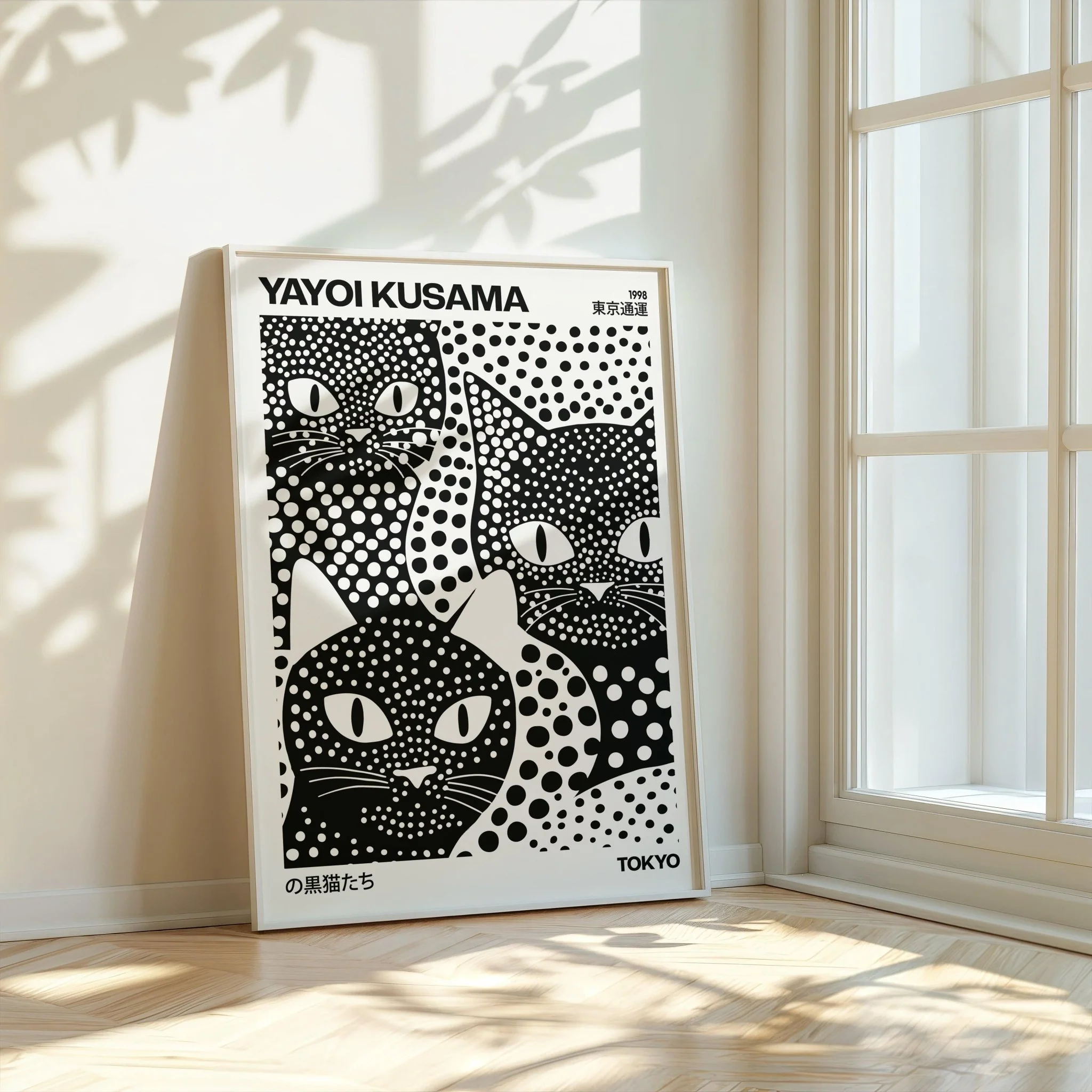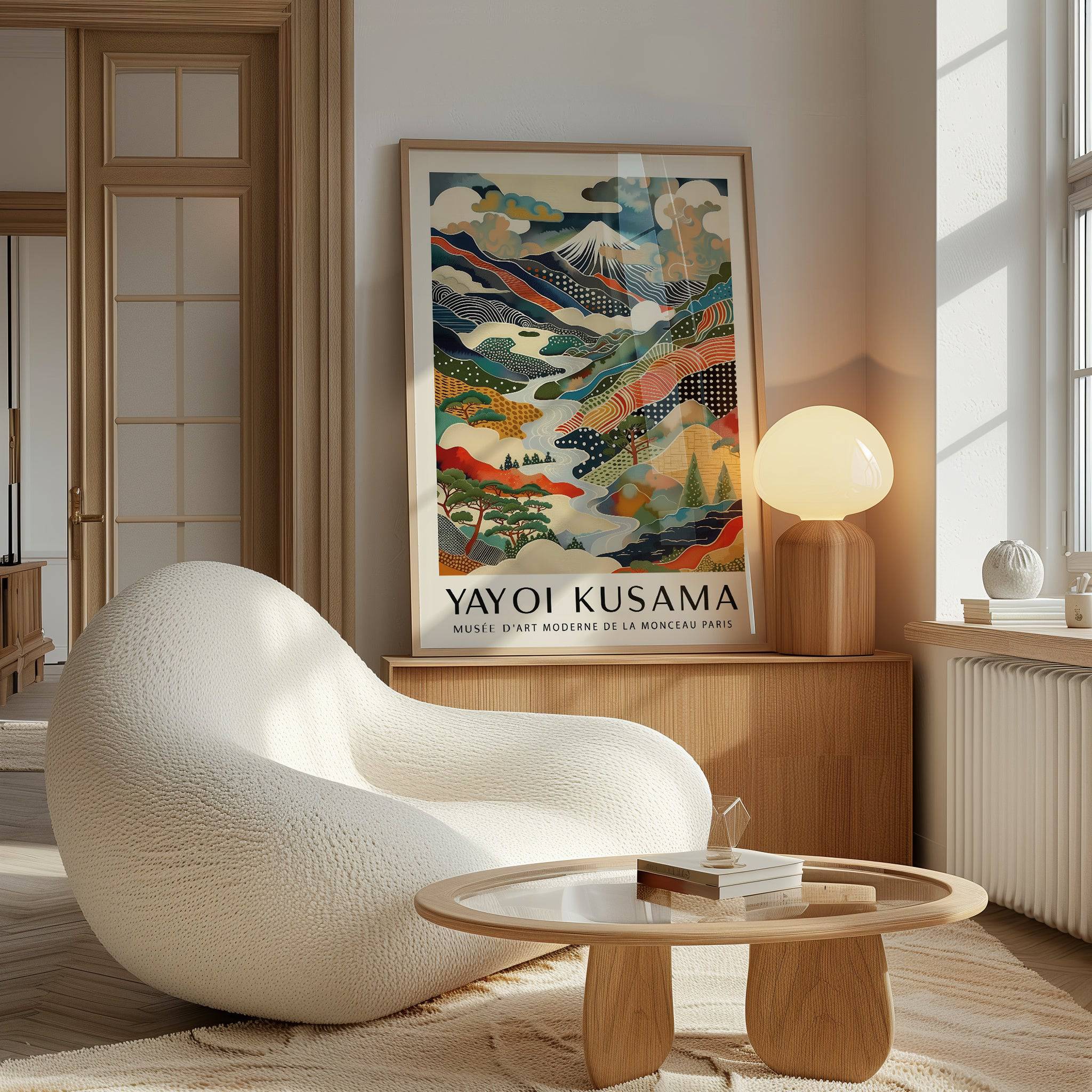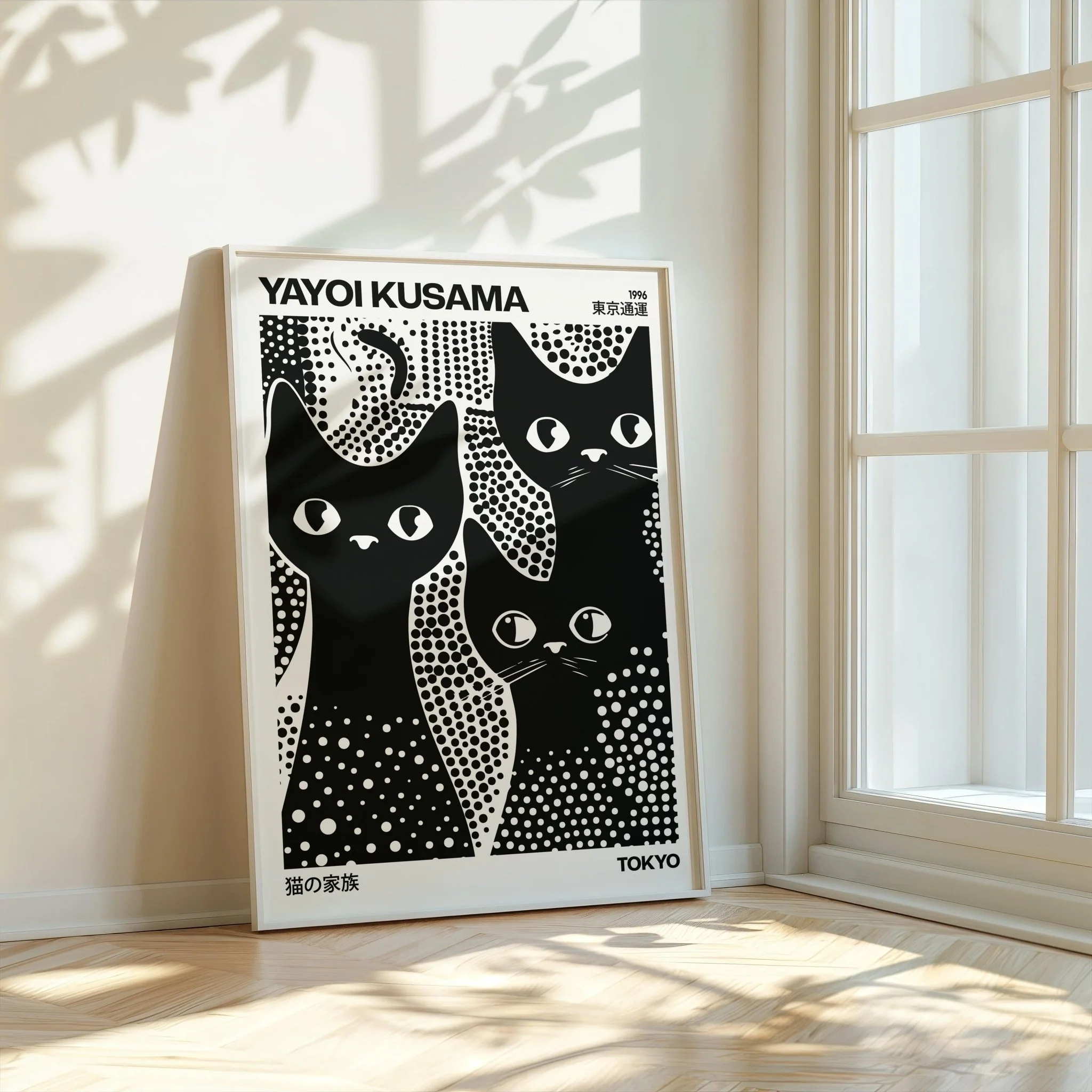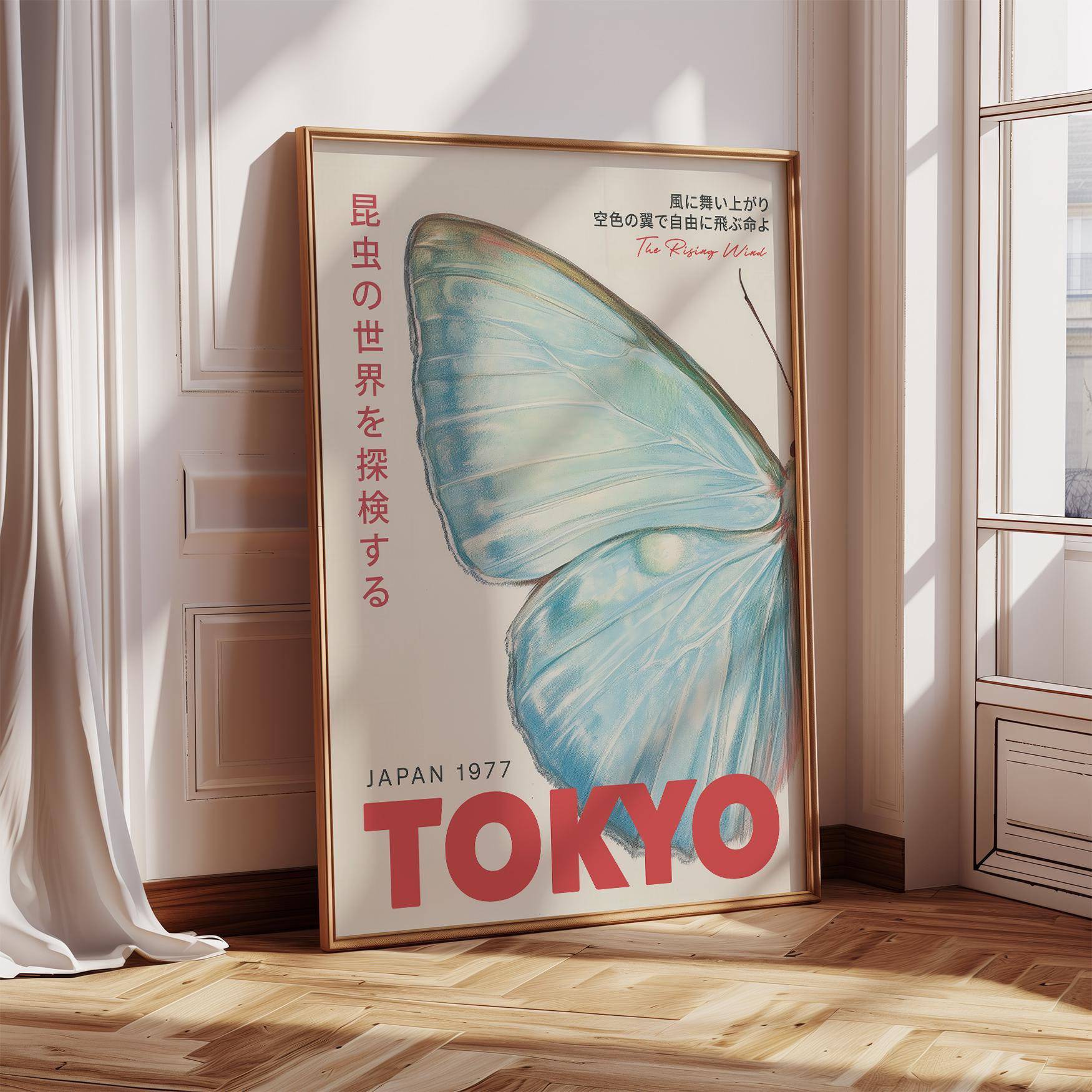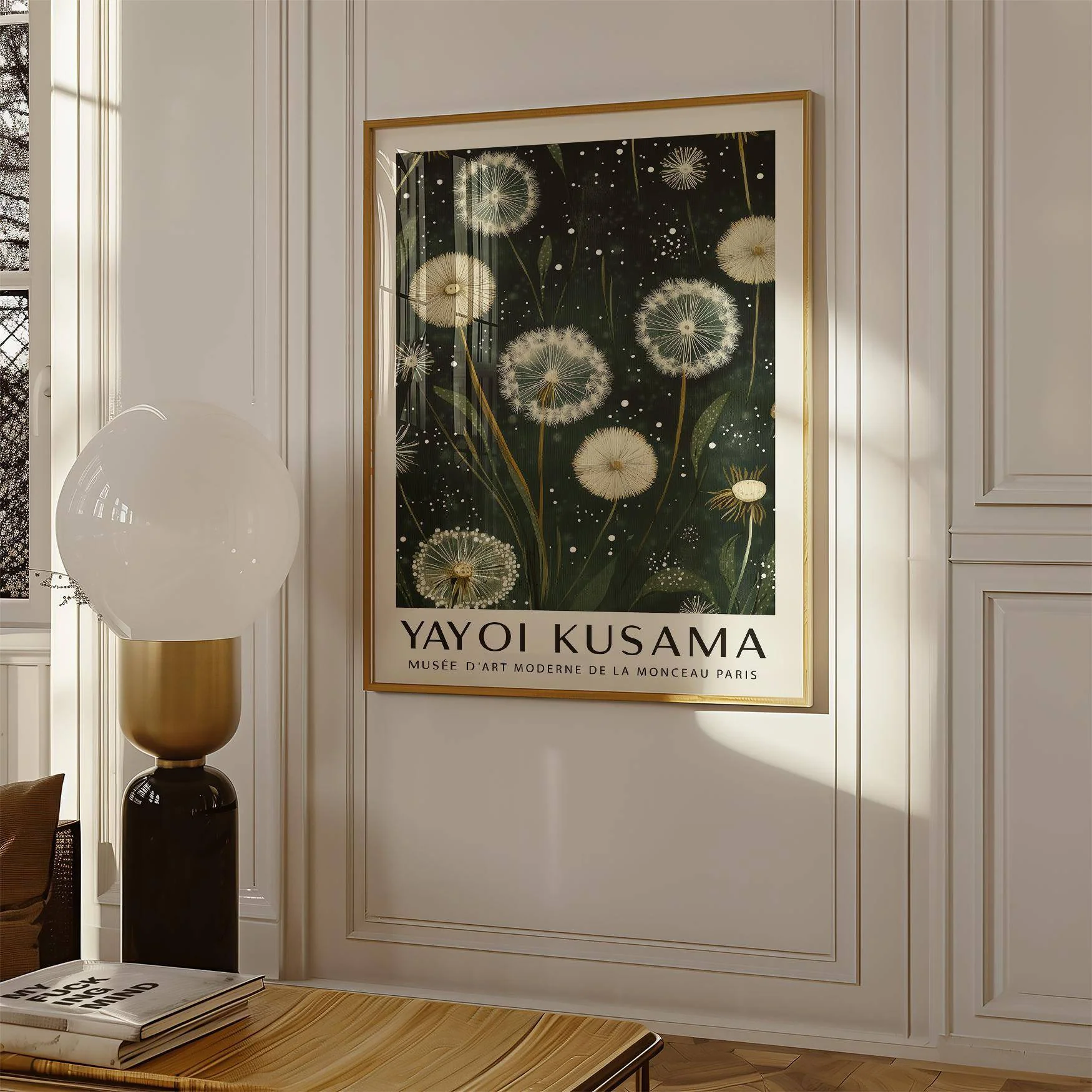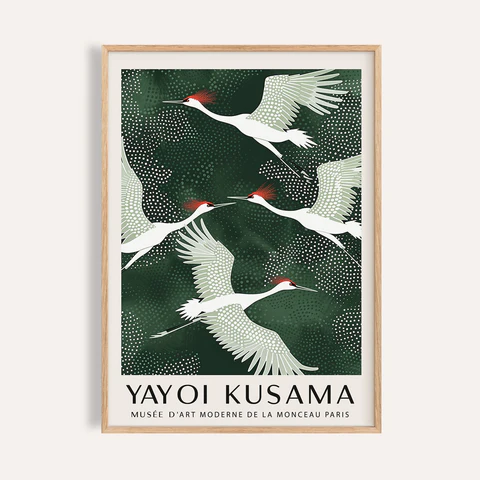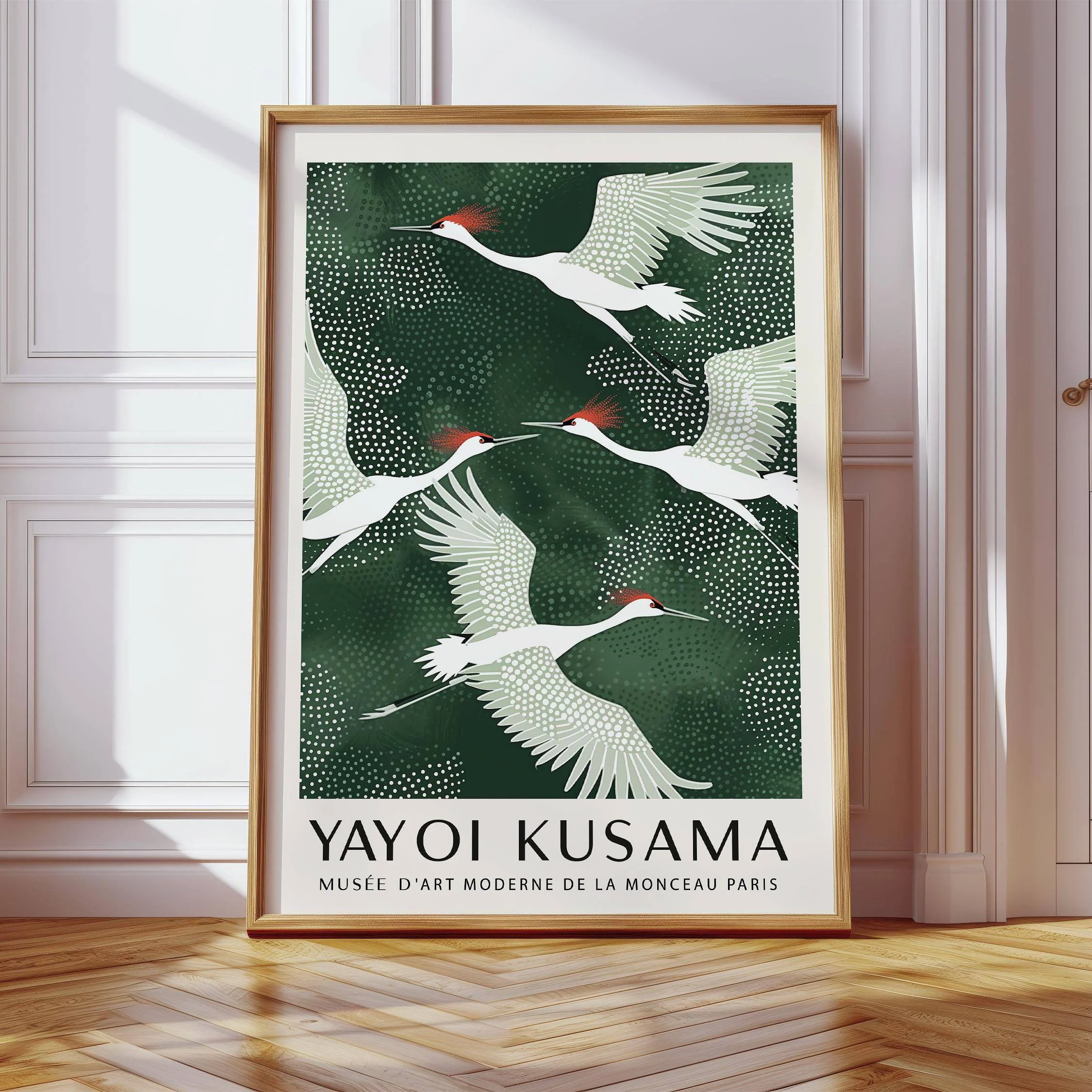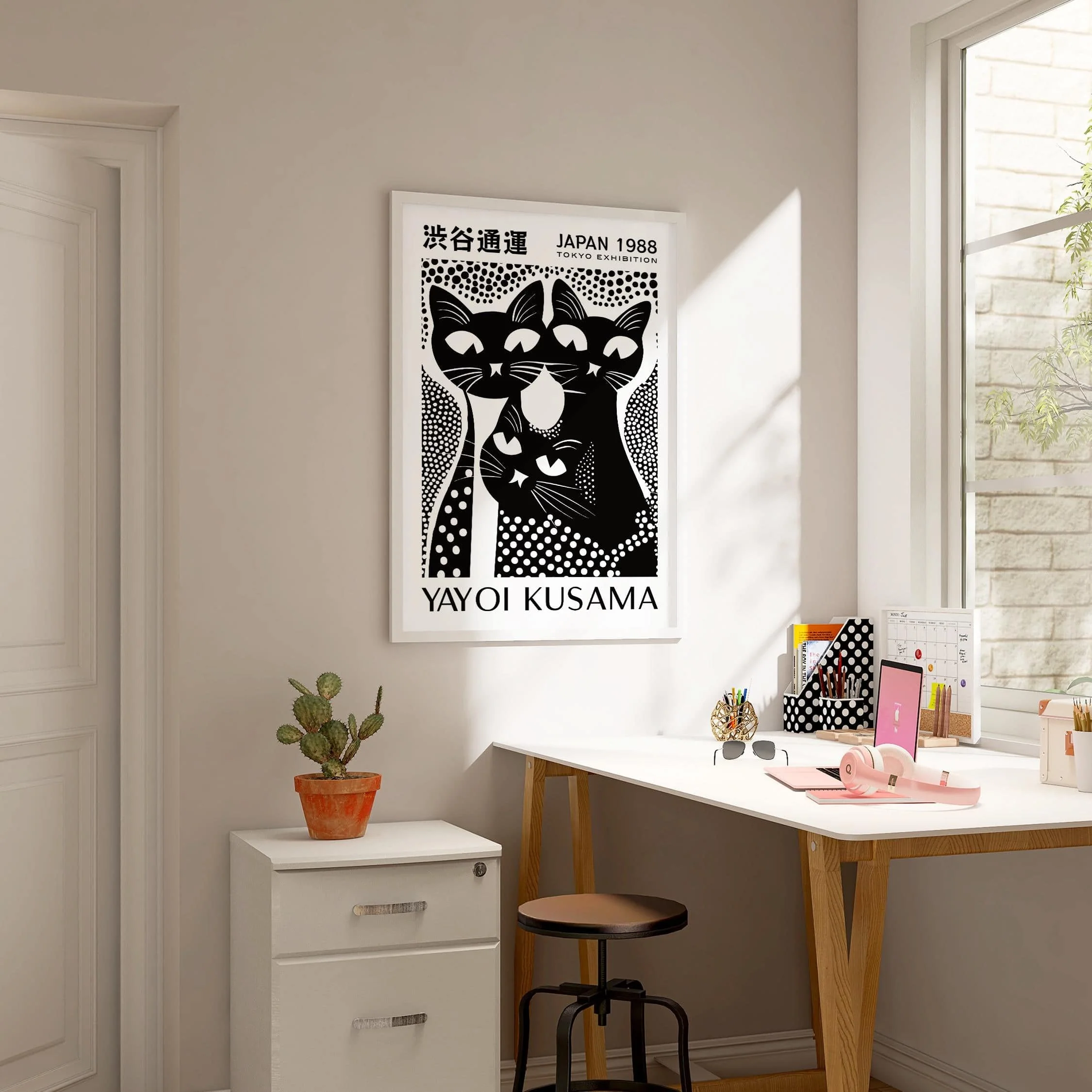Black and white art is timeless, evoking powerful emotions through the simplicity of its contrasting colors. This listicle presents a curated collection of twelve mesmerizing black and white art pieces, each one a masterpiece in its own right, telling unique stories through their complex simplicity.
1. The Silent Elegance of Monochrome Photography
Monochrome photography captures the essential beauty of its subjects by removing the distraction of color, allowing light, shadow, and texture to stand out. This art form speaks volumes about the subject, often evoking feelings of nostalgia and timelessness. In many ways, such photographs serve as a window to the past, invoking a sense of reflection and history. The stark contrasts in black and white photography emphasize the geometry and lines within the frame, inviting viewers to explore the subtleties of composition. Through this lens, one can truly appreciate the fine nuances of human expression and the fleeting beauty of nature, making each photograph a unique narrative in its own right.
Furthermore, monochrome photography provides artists with the opportunity to focus purely on the emotional core of their subject matter. By stripping away color, the photographs often reveal a raw, unembellished truth that breathes life into otherwise unnoticed details. Each image remains etched in memory, offering new insights with every glance. Such artworks not only immortalize moments but also provoke contemplation, leading individuals to see beyond the obvious. Indeed, this silent elegance of black and white imagery lies in its ability to resonate deeply with the viewer, making indelible impressions upon the soul.
2. Mysterious Charcoal Sketches
Charcoal sketches, with their deep blacks and varying shades of grey, create dramatic and striking images. These art pieces often explore themes of mystery and intrigue, drawing viewers into their shadowy depths. Charcoal, as a medium, allows for expressive line work and broad, sweeping gestures, giving sketches a raw and dynamic quality. This medium’s adaptability to create both bold strokes and delicate shading makes it ideal for portraying intense emotions or highlighting stark contrasts.
The versatility of charcoal enables artists to convey depth and texture effortlessly. Each stroke can range from thin and precise to thick swaths, enhancing the enigmatic nature of the art. Artists like Henri Matisse and Edgar Degas have famously exploited charcoal’s potential, creating timeless works that captivate audiences even today. The indistinct boundaries and absence of color challenge viewers, inviting them to decipher the underlying story. Thus, charcoal sketches not only portray the tangible but also evoke an immersive experience of emotion and imagination.
3. The Bold Statements of Black Ink Illustrations
Illustrations in black ink often make bold statements, highlighting forms, lines, and textures that might be overlooked in more colorful works. They invite viewers to explore detail and symmetry, communicating complexity with minimal effort. Artists utilize the purity of black ink to create striking compositions where every line contributes to the narrative. This unyielding form of expression has roots in traditional calligraphy and Zen art, where each stroke must be intentional and precise.
The simplicity of black ink is deceptive; within its monochrome realm lies a playground for creativity and innovation. For instance, Escher’s intricate tessellations and Hokusai’s elegant waves have become iconic, demonstrating how black ink can convey motion and permanence simultaneously. Artists harness the starkness of black to define shapes and invite introspection. The challenges of working solely with ink compel artists to hone their skills—each piece thus becomes a testament to the precision and artistry required. These illustrations transcend the bounds of traditional art, offering messages layered in simplicity and ingenuity.
4. Ethereal Beauty in Pencil Drawings
Pencil drawings offer a soft and ethereal look at the monochromatic spectrum. Artists use various shading techniques to evoke emotion and depth, creating captivating pieces that resonate with subtlety and grace. Pencils, with their myriad tones from graphite to charcoal, serve as instruments of incredible versatility. Artists can craft lifelike representations or suggestive abstract forms, all within the confines of black, white, and grey.
A masterfully executed pencil drawing captures the imagination with intricate details and a delicate interplay of light and shadow. From the gentle gradients of a fading horizon to the acute likeness of a human face, pencil drawings speak to audiences through a language of texture and tone. Take, for example, the works of celebrated artists like J. D. Hillberry, where each stroke builds a narrative that transcends the simplicity of its medium. Viewers find themselves drawn into contemplative silence, absorbing the quiet elegance and profound sensitivity of these monochrome compositions, proving that even the softest of mediums can yield profound artistic expression.
5. The Abstract World of Negative Space
Exploring black and white through the lens of negative space provides a unique perspective. This abstract approach challenges the viewer’s perception, encouraging them to see beyond the obvious and find meaning in emptiness. In art, negative space refers to the empty or open areas around the subject of a composition, allowing the viewer to perceive the focal elements in a new light.
Artists use negative space to construct tension and balance within artworks. By manipulating the space around and within shapes, they create a dialogue between absence and presence. Take the enigmatic works of M. C. Escher or the minimalist elegance of Kazimir Malevich; both use negative space to challenge and redefine our understanding of visual perception. This concept not only draws attention to the subject itself but also to the spaces in between, igniting a deeper contemplation of form and void. Through such innovative exploration, artworks transcend their physical constraints, offering an open-ended experience that transcends conventional visual boundaries.
6. Intricate Pen and Ink Designs
Intricate pen and ink designs reveal painstaking detail and precision. These artworks often blend technical mastery with creative storytelling, pulling viewers into a world rich with contrast and narrative. The complexity of fine lines, dots, and stippling within ink designs creates a tapestry where each element holds significance. Artists must meticulously plan each mark, knowing that once the ink is on paper, it becomes a permanent part of the composition.
Such precision demands a high level of discipline, often resulting in mesmerizing imagery that captivates and confounds. From botanical illustrations to fantastical beast representations, pen and ink emphasize the beauty of detailed observation. Pen and ink also offer an unparalleled freedom to experiment with patterns; the potential for visual storytelling is limitless. Rich in texture, these designs span cultural borders, with historical roots in diverse art traditions from intricate Islamic patterns to delicate Japanese miniatures. The skillful interplay of light and dark invites immersive engagement, making these designs enduringly captivating.
7. Expressive Woodcut Prints
Woodcut prints combine technical skill and artistic expression. These prints explore themes of contrast and texture, revealing expressive imagery that tells stories of cultural significance and artistic heritage. Woodcut art involves carving an image into the surface of a block of wood, with the raised sections holding the ink that prints onto paper. This age-old technique is celebrated for its boldness and simplicity, often featuring strong lines and stark contrasts.
The charm of woodcut prints lies in their ability to convey stories through primitive yet powerful visuals. Historically, woodcuts have been used to communicate religious themes and folklore, bridging cultural narratives from ancient Asia to medieval Europe. Contemporary artists still employ this technique to inject modern narratives into this historic medium. By carving, inking, and pressing their creations, artists produce unique impressions that each hold a distinct character. This transformative process aligns the material transience of wood with the immortality of art, presenting narratives rooted in tradition yet resonating with contemporary audiences. Embedded in each print is a celebration of craftsmanship and artistry spanning centuries.
8. Sculptural Drama in Black and White
Sculptures in black and white settings showcase the interplay of form and shadow, often highlighting the drama of the piece. The lack of color focuses attention on the sculpture’s shape and texture. This emphasizes the inherent drama present in three-dimensional masterpieces, casting an immersive allure upon its audience. The monochrome palette allows spectators to concentrate on the nuances of curves and angles, revealing artistry through light interplay and shadow.
Artists employ this dual tone coloring to not only dramatize but also to underscore their sculptures’ fundamental essence. Black and white sculptures can represent a multitude of themes—conveying subtlety, tension, movement, or stillness with an evocative simplicity. They communicate through texture and form, inviting touch as much as observation. Whether crafted from stone, metal, or mixed materials, these tactile creations inspire a connection with the physical realm that transcends visual perception. Historical pieces like Michelangelo’s David or contemporary installations by Richard Serra emphasize how sculptures viewed in monochrome speak to universal truths, resonating deeply and powerfully.
9. The Haunting Allure of Black and White Portraits
Portraits in black and white evoke an emotional intensity that is both haunting and alluring. Artists strip away color to expose raw emotion and personality, resulting in portraits that leave a lasting impression. Through their stark contrasts, monochrome portraits convey the vulnerability and authenticity of the subject, capturing an essence that might get lost in the distractions of color.
Black and white portraits continue to hold a significant place within both historical and modern art narratives. From the famous photographs of Ansel Adams to the expressive paintings of Chuck Close, these works reflect the depths of human emotion. They compel viewers to explore the nuanced expressions and features, diving into a realm where every shadow and highlight speaks volumes. By concentrating attention solely on the subject, these portraits offer a window into the soul, portraying individuals in their most truthful and resonant form. The emotional intensity in these pieces endures, captivating onlookers and fostering an intimate connection between artist, subject, and viewer.
10. Minimalist Paintings that Maximize Emotion
Minimalism in black and white paintings emphasizes emotion over complexity. These art pieces focus on fundamental elements such as line and form to create profound emotional responses with the bare minimum. Minimalist artists strive to distill the very essence of their subject, removing excess to allow the viewer to engage directly with the piece’s core message.
Through the absence of color and clutter, minimalist paintings encourage contemplation with an emphasis on space and silence. The work of artists like Kazuo Shiraga and Agnes Martin demonstrates how a simplicity in composition leads to a strong visceral impact. Such art resonates with viewers, each person able to interpret the work through their personal lens. By maximizing emotion through the most basic of visual components, minimalist art elicits a thoughtful reflection on perception and aesthetics, evoking feelings that linger and expand beyond the canvas boundaries. These paintings harness the power of simplicity to inspire profound emotional connections.
11. Dramatic Film Noir Imagery
The film noir style captures the dark and dramatic side of black and white art. These pieces convey a sense of mystery and tension, rooted in the classic cinema aesthetic that continues to captivate audiences today. Originating from the mid-20th-century cinema, film noir combines a cinematic language filled with high contrast lighting, deep shadows, and stylized visuals that beautifully translate into still artwork.
Film noir art channels the sentiment of the genre—a world of complex schemes, trench coats, and shadowy urban landscapes. The pieces often evoke narratives of the crime-ridden streets of bygone eras, reflecting themes of alienation and desperation. Artists using this style exploit the duality of light and dark to craft powerful works that resonate with intrigue and suspense. This genre’s continued appeal lies not only in its visual aesthetics but also in its ability to transport viewers to a world filled with tension and allure, offering a nostalgic yet timeless exploration of the human condition through visually arresting compositions.
12. Compelling Monochrome Landscapes
Monochrome landscapes reveal the beauty of nature in its simplest form. Artists capture the essence of their surroundings, playing with light and shadow to depict serene and compelling scenes. By omitting color, these landscapes distill elements such as pattern, texture, and scale, bringing emphasis upon the fundamental beauty of natural forms.
Through skillful play with grayscale, landscape artists like Ansel Adams celebrate the majesty of unspoiled wilderness and pastoral scenery. These pieces encourage viewers to explore their environment with fresh eyes, concentrating on the contrasts and subtleties that exist within nature. Monochrome landscapes transcend cultural and geographical boundaries, encapsulating the universal appreciation for the world that surrounds us. Whether capturing the rugged grandeur of mountaintops or the tranquil symmetry of a still body of water, these works provide new perspectives on the interplay between light, shadow, and form, connecting viewers to the enduring and unadorned charm of the natural world.



